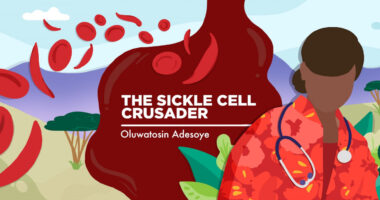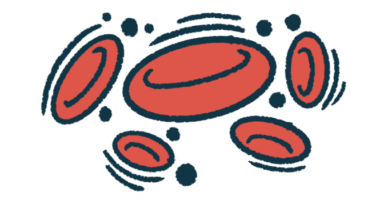Lyfgenia, gene therapy for SCD, readying start of treatment in US
35 of 48 centers qualified to administer therapy now accepting patient referrals

A month after its U.S. approval, Lyfgenia (lovotibeglogene autotemcel), Bluebird Bio’s gene therapy for sickle cell disease (SCD), is readying to treat patients there.
According to the company, 35 out of 48 qualified treatment centers across the U.S. started accepting patient referrals as of Jan. 5. Treatment with Lyfgenia is expected to be underway by the close of March, when all centers are expected to be fully running.
Both Lyfgenia and Zynteglo (betibeglogene autotemcel), Bluebird Bio’s gene therapy for transfusion-dependent beta-thalassemia approved by the U.S. Food and Drug Administration (FDA) in 2022, are available only through this center network, whose personnel have the expertise necessary for the procedure.
FDA approved Bluebird’s gene therapy for sickle cell in December
“We are extremely pleased with the indicators of demand from both patients and providers in the weeks following FDA approval of Lyfgenia and are focused on using our real-world experience to support timely and equitable access and deliver a positive treatment experience,” Andrew Obenshain, Bluebird Bio’s CEO, said in a company press release.
Lyfgenia — formerly known as lovo-cel — was approved by the FDA for SCD patients, ages 12 and older, with a history of vaso-occlusive events (VOEs). This includes painful vaso-occlusive crises (VOCs), acute chest syndrome, and other sickle cell-related complications.
SCD is caused by mutations in the HBB gene that lead to the production of an abnormal form of hemoglobin, the protein that helps red blood cells carry oxygen throughout the body. The deformed red blood cells acquire a sickle-like shape that promotes their clumping inside blood vessels.
Lyfgenia delivers a modified version of the HBB gene that can produce a form of hemoglobin (HbAT87Q) that’s resistant to clumping or sickling.
Patients’ own hematopoietic stem cells, or blood cell precursors, are collected and then treated with Lyfgenia in the lab before being infused back via a stem cell transplant. Before the procedure, the patient must undergo a round of high-dose chemotherapy to eliminate faulty blood stem cells and make room for new ones.
Outcomes-based agreements link payment to patients’ response
Bluebird also reports that it has signed — or is in advanced discussions regarding — a range of outcomes-based agreements for Lyfgenia, including with Medicaid, linking insurance payments to treatment results and sharing risks related to hospitalizations connected to VOEs. Patients are monitored for three years under these arrangements.
Among such agreements are those designed specifically for Medicaid, based on feedback from state Medicaid agencies and catering to the public health insurance program’s requirements for predictability and operational simplicity given limited state resources.
Bluebird anticipates that 85 to 105 patients this year will begin the treatment process for one of its three approved gene therapies: Lyfgenia, Zynteglo, and Skysona, a one-time therapy for boys with early, active cerebral adrenoleukodystrophy.
“In 2023 bluebird cemented our status as a gene therapy leader, securing our third FDA approval in under two years and establishing a commercial footprint that will support growth in the coming year and beyond,” Obenshain said.
The company continues to engage with the Center for Medicare and Medicaid Innovation for the planned 2025 launch of its Cell and Gene Therapy Access Model, promoting outcomes-based agreements with manufacturers of cell and gene therapies as they come to the market.







